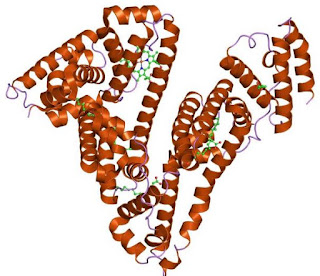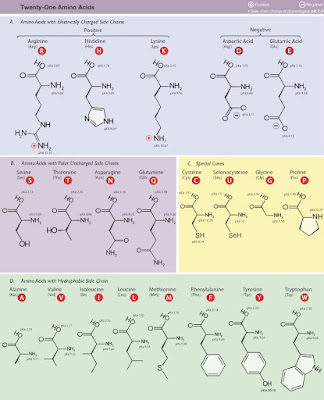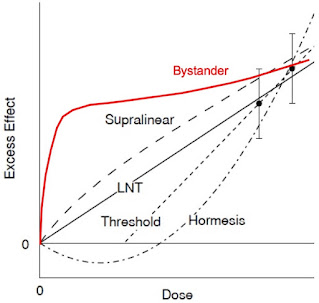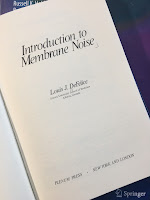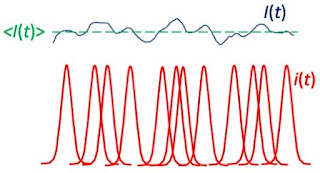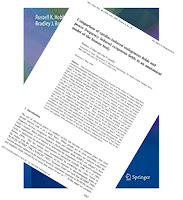Electrical burns, cardiac pacing, and nerve and muscle stimulation are produced by electric or rapidly changing magnetic fields. Even stronger electric fields increase membrane permeability. This is believed to be due to the transient formation of pores (electroporation). Pores can be formed, for example, by microsecond-length pulses with a field strength in the membrane of about 108 V m−1 (Weaver 2000).
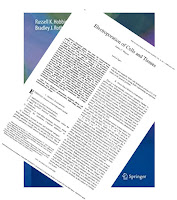 |
| Weaver (2000) IEEE Trans Plasma Sci, 28: 24–33. |
Weaver, J. C. (2000) “Electroporation of Cells and Tissues,” IEEE Transactions on Plasma Science, Volume 28, Pages 24–33.The abstract to the paper is given below.
Electrical pulses that cause the transmembrane voltage of fluid lipid bilayer membranes to reach at least Um ≈ 0.2 V, usually 0.5–1 V, are hypothesized to create primary membrane “pores” with a minimum radius of ~1 nm. Transport of small ions such as Na+ and Cl− through a dynamic pore population discharges the membrane even while an external pulse tends to increase Um, leading to dramatic electrical behavior. Molecular transport through primary pores and pores enlarged by secondary processes provides the basis for transporting molecules into and out of biological cells. Cell electroporation in vitro is used mainly for transfection by DNA introduction, but many other interventions are possible, including microbial killing. Ex vivo electroporation provides manipulation of cells that are reintroduced into the body to provide therapy. In vivo electroporation of tissues enhances molecular transport through tissues and into their constituative cells. Tissue electroporation, by longer, large pulses, is involved in electrocution injury. Tissue electroporation by shorter, smaller pulses is under investigation for biomedical engineering applications of medical therapy aimed at cancer treatment, gene therapy, and transdermal drug delivery. The latter involves a complex barrier containing both high electrical resistance, multilamellar lipid bilayer membranes and a tough, electrically invisible protein matrix.
Electroporation occurs for transmembrane potentials of a few hundred millivolts, which is only a few times the normal resting potential. I find it amazing that normal resting cells can are so precariously close to electroporating spontaneously.
One of the most interesting uses of electroporation is transfection: the process of introducing DNA into a cell using a method other than viral infection. This could be used in an experiment in which DNA for a particular gene is transfected into many host cells. If an electric shock is not too violent, the pores created during electroporation will close over several seconds, allowing the cell to then continue its normal function while containing a foreign strand of DNA.
During defibrillation of the heart, the shock can be strong enough to damage or kill cardiac cells. One mechanism for cell injury during electrocution is electroporation followed by entry of extracellular ions such as Ca++ that can kill a cell. This raises the possibility of using electroporation to treat cancer by irreversibly killing tumor cells.
Electroporation-based technologies and treatments. https://www.youtube.com/watch?v=u8IeoTg_wTE
